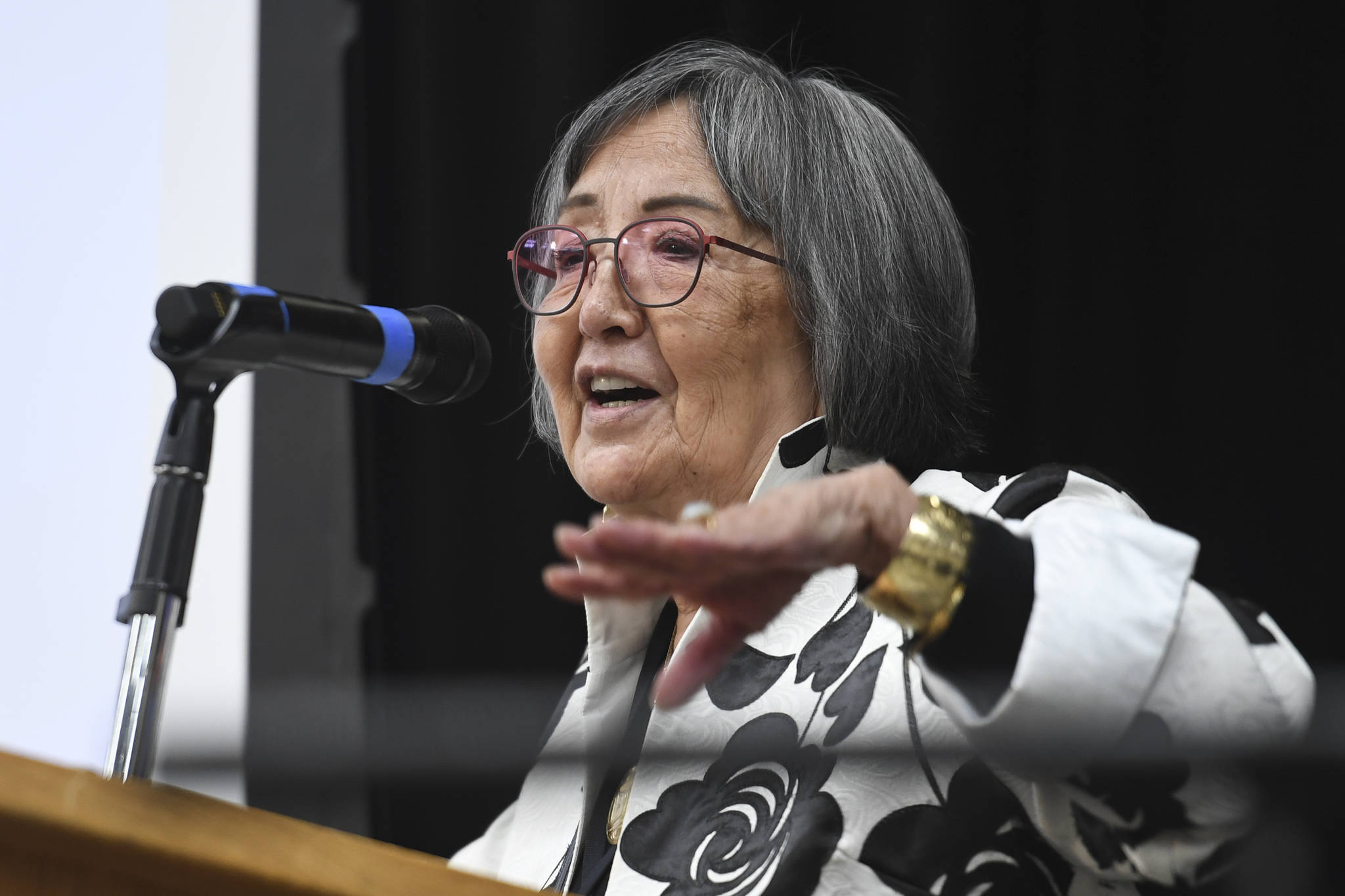The call for the removal of the William H. Seward statue is consistent with long-held views of Southeast Alaska Natives. The Tlingit have erected three Shame Totem Poles depicting Seward, later ones replacing a deteriorated pole. The original Shame Pole erected by the Tongass Tlingit was a reminder of the debt Seward owed the Tlingit.
Our ancestors proclaimed that if the United States wanted to buy Alaska then it must buy it from its rightful owners. The Russian signatory to the 1867 Treaty of Cession lived in Alaska with the consent of our ancestors.
After the raising of the American flag in Sitka, our clan leaders assembled in council in the Chilkat region to discuss whether they should wage war against the United States. Our military leaders concluded that we could not win a battle against Kinjichwan (King George I People) and the Boston Men (Americans). Our clan leaders also noted that our villages were located on the coast and could easily be bombed, as we were to find out some 20 years later with the military bombing of Angoon, Wrangell and Kake.
[Military could apologize for bombarding Alaska Native villages]
William H. Seward’s Treaty of Cession classified Alaska Natives as “uncivilized.” He reiterated this characterization in Sitka on Aug. 12, 1869, where he spoke with great disdain about the “savage communities,” in sharp contrast to his view of Alaska as a land of great beauty and rich resources. He saw Alaska Natives not as owners of the land, but as “laborers” who would support the colonization of Alaska.
Seward embodied Manifest Destiny. His imperialistic vision was founded on white supremacy. The history endured by Native Americans in the Lower 48 states repeated itself in Alaska with the suppression of Native cultures, languages, and spirituality and the expropriation of our land and natural resources.
Ross Coen, historian, wrote in an article published in the Anchorage Daily News in 2016 that he was troubled by the erection of a statue of William Seward in front of the Alaska State Capitol. He said that the statue could not be detached from the imperial ambitions that drove the United States to dispossess Indigenous peoples of their land and exclude them from the political institutions of the state.
He correctly noted that when Alaska Natives and other minorities enter the Capitol building, we have to walk by a monument that is testimony to the very colonialism that suppressed our ancestors and expropriated our land and resources.
When I first learned in 2016 that the Seward statue was to be erected, I expressed my concerns to the state to no avail. I suggested that if a statue was to be erected to commemorate the 150 th year anniversary of the Treaty of Cession that plaques should be placed adjacent to the statue that would record history and our perspective of Seward and the Treaty of Cession. This never happened. I also recommended that the State of Alaska should adopt the Canadian model of Truth and Reconciliation to address the historical trauma that Alaska Natives have endured in the last 150 years. I was told that the Governor had already adopted a resolution.
For myself, I am reminded on a near-daily basis of Seward’s history and the symbols he represents with the naming of Seward Street running in front of the Walter Soboleff Building. Can we not hold up our heroes and name our streets after the likes of Walter Soboleff? Can we not join in with the rest of the country to engage in respectful dialog to address the past wounds with which we still live? Can we not launch a Truth and Reconciliation Commission that can serve to unify us as a society while yet respecting our differences?
• Rosita Kaaháni Worl, Ph.D.,is president of Sealaska Heritage Institute. Columns, My Turns and Letters to the Editor represent the view of the author, not the view of the Juneau Empire. Have something to say? Here’s how to submit a My Turn or letter.

